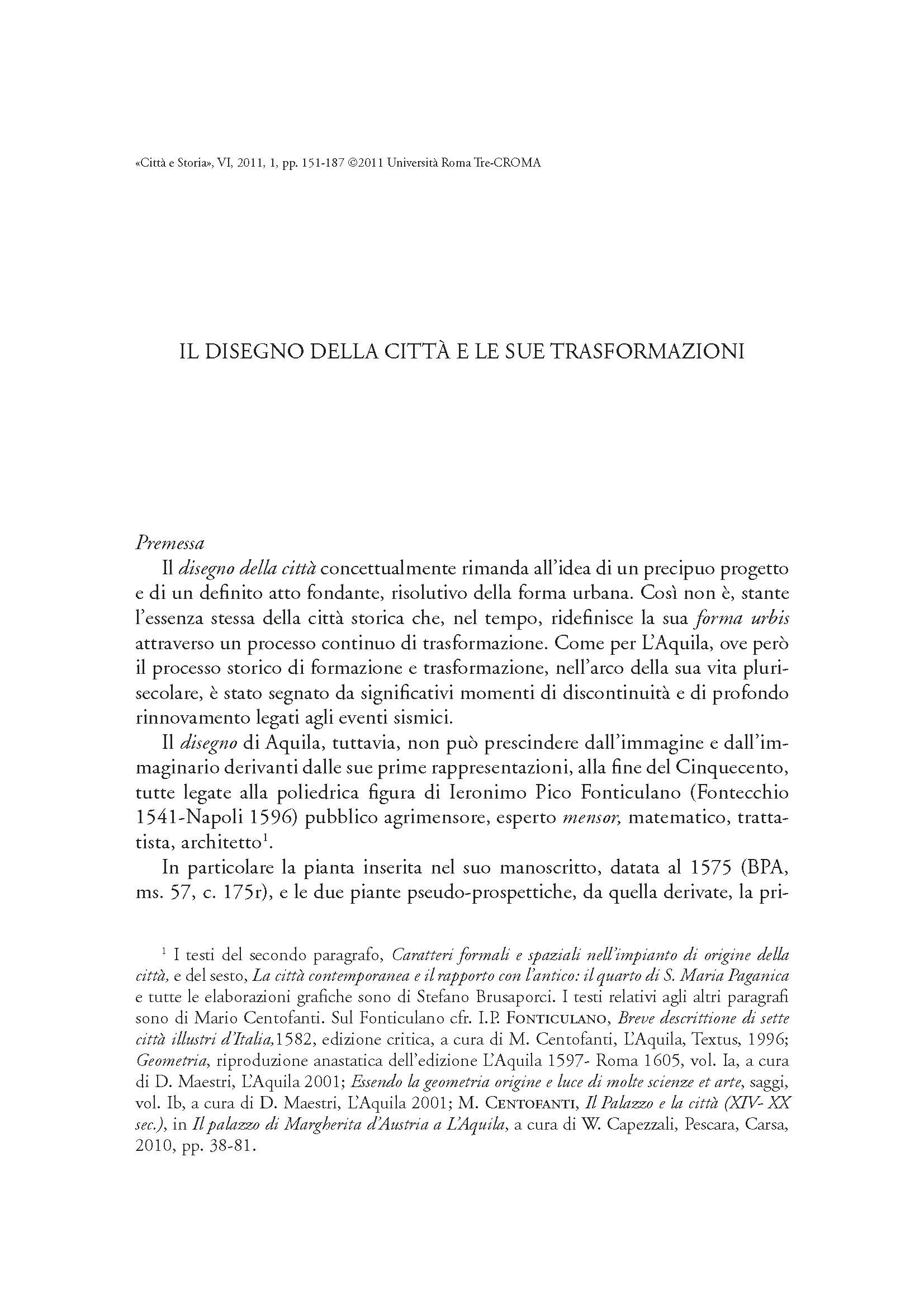Il disegno della città e le sue trasformazioni
6,00 €
«City’s design» conceptually suggests the idea of a guiding project and of a defined foundational act, capable of resolving the urban shape. That is not so because of the very nature of the historic city that, over time, redefines its forma urbis through a continuing process of change. This is also the case of L’Aquila, where the historic process of formation and transformation, during the course of its many centuries of life, has been marked by significant moments of discontinuity and profound renovation. In that sense, the constituent themes are: the medieval framework, that by means of roads and piazzas configures the urban layout; the vast eighteenth century figurative makeover following the 1703 earthquake; the relationship between old and modern in the twentieth century phase, when the process of transformation lost its continuity with the historical urban fabric.
«City’s design» conceptually suggests the idea of a guiding project and of a defined foundational act, capable of resolving the urban shape. That is not so because of the very nature of the historic city that, over time, redefines its forma urbis through a continuing process of change. This is also the case of L’Aquila, where the historic process of formation and transformation, during the course of its many centuries of life, has been marked by significant moments of discontinuity and profound renovation. In that sense, the constituent themes are: the medieval framework, that by means of roads and piazzas configures the urban layout; the vast eighteenth century figurative makeover following the 1703 earthquake; the relationship between old and modern in the twentieth century phase, when the process of transformation lost its continuity with the historical urban fabric.

